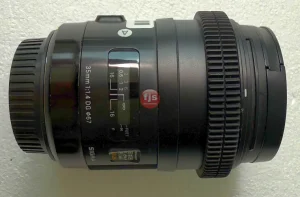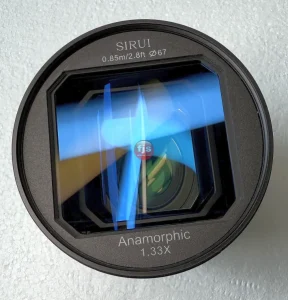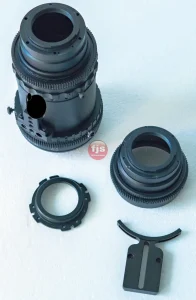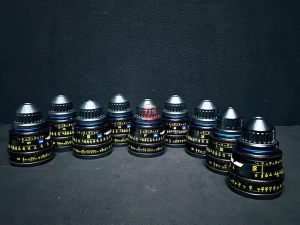Introduction
Faux anamorphic effects have gained popularity as a cost-effective alternative to using real anamorphic lenses. While they may not replicate the exact look of a true anamorphic lens, they can still produce a visually striking and cinematic effect. Here are some of the most common techniques for achieving a faux anamorphic look.
Key Techniques for Faux Anamorphic Effects
- Software-Based Plugins: Many video editing software programs offer plugins specifically designed to create faux anamorphic effects. These plugins often include features like adjustable aspect ratios, distortion control, and color grading options.
- Digital Compositing: This involves creating a wide-angle shot and then digitally stretching or squeezing it to achieve the anamorphic look. This technique requires more advanced editing skills but offers greater control over the final result.
- Anamorphic Adapters: These physical adapters can be attached to your lens to create a partially anamorphic effect. While they may not achieve the same level of distortion as a true anamorphic lens, they can provide a more affordable option.
- Lens Distortion Control: Some lenses have built-in distortion control features that can be used to create a faux anamorphic look. This can be a more affordable option, but it may be limited in terms of the level of distortion you can achieve.
Key Factors to Consider
- Software Compatibility: Ensure that the software you choose supports the desired faux anamorphic technique and offers the necessary features.
- Image Quality: The quality of your source footage will significantly impact the final result. Higher-quality footage will generally produce better results.
- Creative Vision: Consider your desired aesthetic and the specific look you want to achieve. Some techniques may be better suited for certain styles than others.
Conclusion
While real anamorphic lenses offer a unique and authentic look, faux anamorphic effects can be a viable alternative for many filmmakers. By understanding the different techniques available and carefully considering your specific needs, you can achieve a cinematic and visually striking effect.
Questions and Answers
- What is the best software for creating faux anamorphic effects?
- Popular options include Adobe After Effects, DaVinci Resolve, and Final Cut Pro.
- Can I use a regular lens to create a faux anamorphic look?
- Yes, you can use a regular lens with a digital compositing technique or an anamorphic adapter.
- Are there any limitations to using faux anamorphic effects?
- Faux anamorphic effects may not be able to perfectly replicate the specific distortion patterns and characteristics of real anamorphic lenses.








